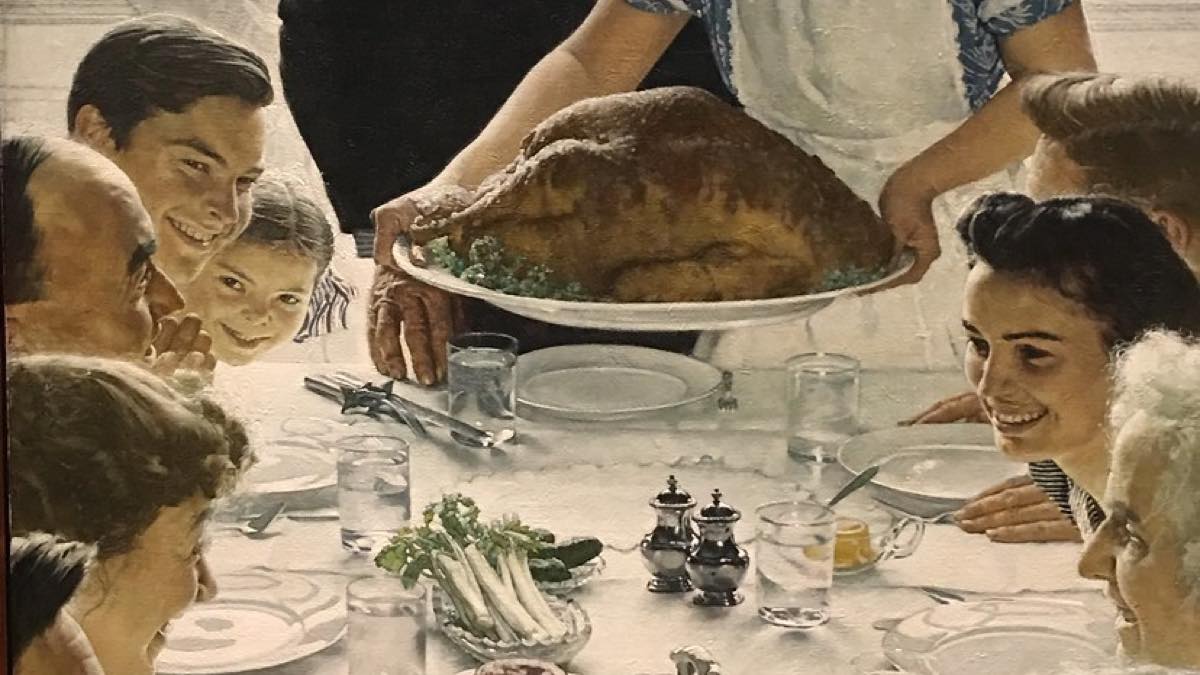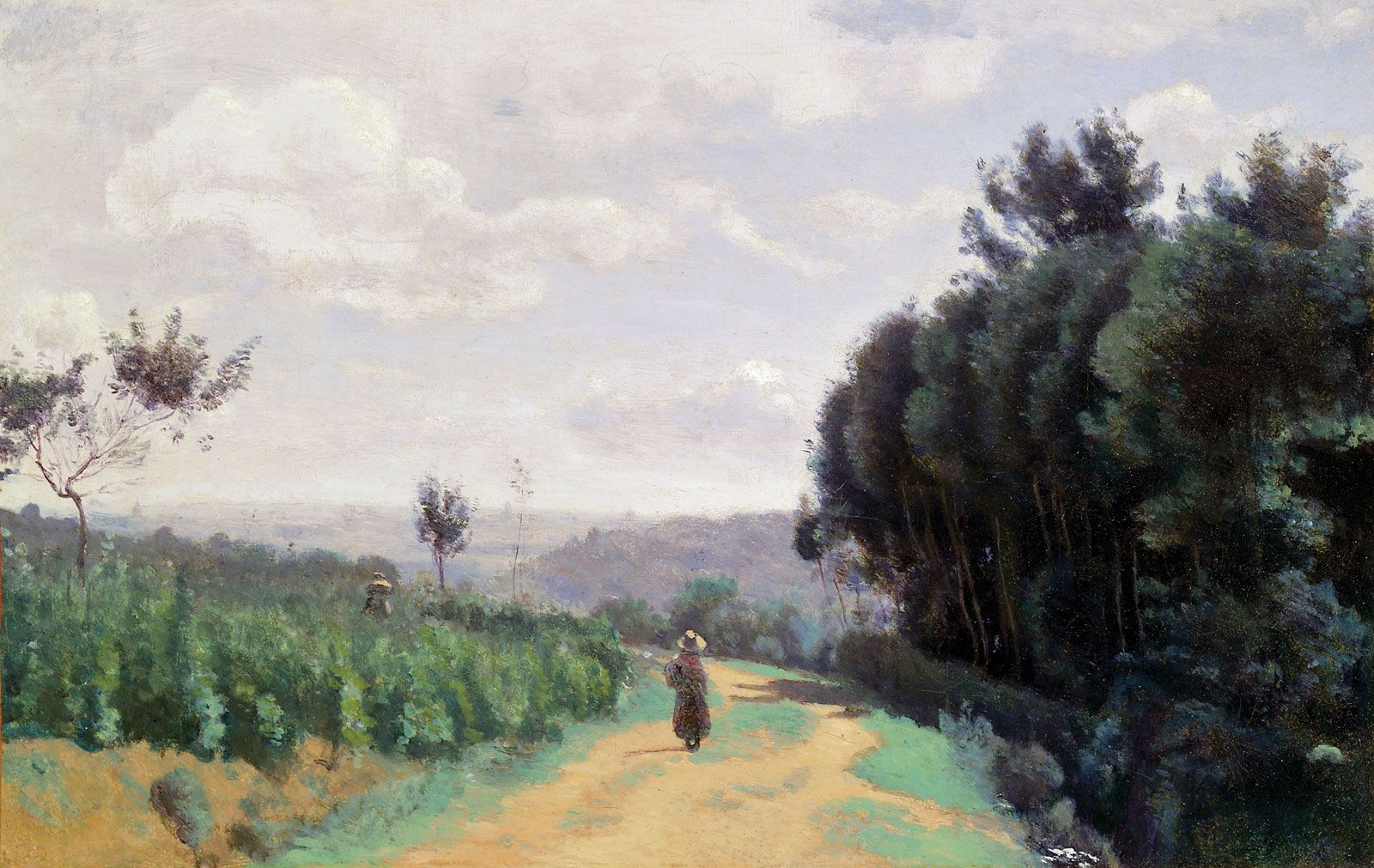The Timeless Artistry of Titian
Titian, born Tiziano Vecellio, was a renowned Italian painter of the High Renaissance who left an indelible mark on the art world with his masterful works. Born in the late 15th century in what is now Italy, Titian’s artistic talent and innovative techniques set him apart as one of the greatest painters of his time.
Artistic Mastery
Titian’s paintings are characterized by their rich colors, bold compositions, and expressive brushwork. His mastery of light and shadow brought his subjects to life with a sense of realism and emotion that captivated viewers. From religious scenes to mythological narratives, Titian’s diverse body of work showcases his versatility and creativity.
Influence and Legacy
Titian’s influence extended far beyond his own time, inspiring generations of artists to come. His innovative use of color and texture paved the way for future artistic movements, while his ability to capture human emotion continues to resonate with audiences today. Artists such as Rubens, Velázquez, and Rembrandt were among those who drew inspiration from Titian’s work.
Timeless Appeal
Even centuries after his death, Titian’s paintings continue to be celebrated for their beauty and significance. His iconic works such as “Venus of Urbino,” “Bacchus and Ariadne,” and “The Assumption of the Virgin” remain beloved masterpieces that showcase his unparalleled talent and vision.
Legacy in Art History
Titian’s contributions to art history are immeasurable, solidifying his place as a true master of the Renaissance period. His legacy lives on through his enduring works that serve as a testament to the power of artistic expression and creativity.
Titian: A Master of Color, Light, and Influence in Art
- Innovative use of color and texture in paintings
- Masterful handling of light and shadow for realistic portrayal
- Versatile artist with a diverse range of subjects and themes
- Influential figure who inspired future generations of artists
- Iconic works that continue to captivate audiences worldwide
Challenges and Criticisms Surrounding Titian’s Artistic Legacy
- Limited availability of authenticated original works due to age and historical context.
- Some critics argue that Titian’s later works may lack the same level of detail and precision as his earlier masterpieces.
- His intricate painting techniques may make it challenging for aspiring artists to replicate his style effectively.
- Certain themes in Titian’s paintings, such as nudity and religious symbolism, may not resonate with all audiences.
- The restoration and preservation of Titian’s fragile artworks present ongoing challenges for art conservationists.
Innovative use of color and texture in paintings
Titian’s innovative use of color and texture in his paintings revolutionized the art world, setting him apart as a visionary artist of the Renaissance era. By skillfully blending vibrant hues and intricate textures, Titian created a visual feast that captivated viewers and brought his subjects to life with unparalleled depth and emotion. His bold approach to color theory and experimentation with various painting techniques not only showcased his technical prowess but also paved the way for future generations of artists to explore new possibilities in artistic expression. Titian’s mastery of color and texture remains a timeless hallmark of his work, leaving a lasting impact on the world of art.
Masterful handling of light and shadow for realistic portrayal
Titian’s masterful handling of light and shadow in his paintings set him apart as a true virtuoso of the Renaissance era. Through his skillful use of chiaroscuro, he was able to create a sense of depth and dimension in his works, bringing his subjects to life with a striking realism that captivated viewers. The interplay of light and shadow in Titian’s paintings not only added a sense of drama and emotion but also enhanced the overall visual impact, making his portrayals appear almost tangible and lifelike. His ability to capture the nuances of light and shadow remains a hallmark of his artistic genius, showcasing his unparalleled talent for creating compelling and realistic imagery.
Versatile artist with a diverse range of subjects and themes
Titian, known for his versatility as an artist, demonstrated a remarkable ability to explore a diverse range of subjects and themes in his works. From religious scenes to mythological narratives, portraiture to landscapes, Titian’s artistic repertoire was vast and varied. His mastery extended across genres, allowing him to capture the essence of each subject with depth and authenticity. This versatility not only showcased Titian’s creative range but also highlighted his skill in adapting his style to suit different themes, making him a truly multifaceted artist whose legacy continues to inspire and captivate audiences worldwide.
Influential figure who inspired future generations of artists
Titian’s legacy as an influential figure in art history is undeniable, as his innovative techniques and expressive style inspired countless future generations of artists. His ability to capture human emotion and create vivid, dynamic compositions served as a source of inspiration for renowned painters such as Rubens, Velázquez, and Rembrandt. Titian’s influence transcended his own time, leaving a lasting impact on the evolution of art and shaping the course of artistic movements for centuries to come.
Iconic works that continue to captivate audiences worldwide
Titian’s legacy is defined by his iconic works that continue to captivate audiences worldwide. From the ethereal beauty of “Venus of Urbino” to the dynamic storytelling in “Bacchus and Ariadne,” Titian’s paintings possess a timeless allure that transcends cultural boundaries. His ability to evoke emotion and engage viewers through his artistry ensures that his masterpieces remain relevant and cherished by art enthusiasts around the globe. Titian’s enduring impact on the art world is a testament to his unparalleled talent and vision, making him a revered figure in the history of Western art.
Limited availability of authenticated original works due to age and historical context.
The limited availability of authenticated original works by Titian can be attributed to the challenges posed by the artist’s age and historical context. As a painter of the High Renaissance period, many of Titian’s works have either been lost to time, damaged, or are difficult to authenticate due to their age. The historical context in which Titian created his art further complicates the process of verifying the authenticity of his original pieces. This scarcity adds a layer of intrigue and value to the existing authenticated works by Titian, making them highly sought after by collectors and art enthusiasts alike.
Some critics argue that Titian’s later works may lack the same level of detail and precision as his earlier masterpieces.
Some critics argue that Titian’s later works may lack the same level of detail and precision as his earlier masterpieces. As he matured as an artist, Titian’s style evolved, moving towards a more expressive and painterly approach that prioritized emotion and atmosphere over intricate details. While his later works may exhibit a looser brushwork and a more spontaneous quality, they still retain the essence of his artistic genius, capturing the essence of his subjects with a profound sense of depth and emotion. Despite the shift in technique, Titian’s later works continue to showcase his unparalleled skill and ability to evoke powerful emotions through his art.
His intricate painting techniques may make it challenging for aspiring artists to replicate his style effectively.
Titian’s intricate painting techniques pose a significant challenge for aspiring artists seeking to replicate his distinctive style. The meticulous attention to detail, complex use of color and light, and the nuanced brushwork in his works require a high level of skill and expertise to emulate successfully. Aspiring artists may find it daunting to capture the essence of Titian’s artistry, as his mastery lies not only in technique but also in his innate ability to evoke emotion and depth in his paintings. Studying and understanding Titian’s methods can be a rewarding yet demanding endeavor for those aiming to incorporate elements of his style into their own artistic practice.
Certain themes in Titian’s paintings, such as nudity and religious symbolism, may not resonate with all audiences.
Certain themes in Titian’s paintings, including nudity and religious symbolism, may not resonate with all audiences due to their potentially controversial or challenging nature. While some viewers may appreciate the artistic expression and depth of meaning behind these themes, others may find them discomforting or conflicting with their personal beliefs. Titian’s bold exploration of such topics reflects his willingness to push boundaries and provoke thought, yet it also highlights the subjective nature of art interpretation and the diversity of responses elicited by his work.
The restoration and preservation of Titian’s fragile artworks present ongoing challenges for art conservationists.
The restoration and preservation of Titian’s fragile artworks present ongoing challenges for art conservationists. Due to the delicate nature of his paintings and the passage of time, maintaining the integrity and original beauty of Titian’s masterpieces requires meticulous care and expertise. Art conservationists face the task of balancing the preservation of these historic works with the need to address issues such as fading colors, surface damage, and aging materials. Through careful research, innovative techniques, and a deep understanding of Titian’s artistic methods, conservation efforts aim to ensure that future generations can continue to appreciate and study these priceless artworks for years to come.




